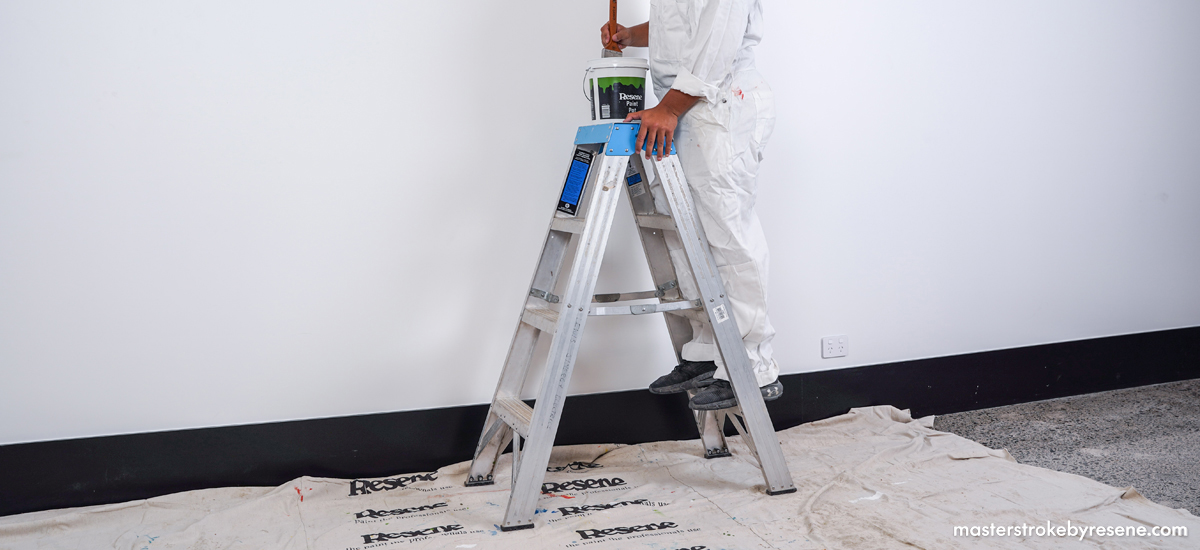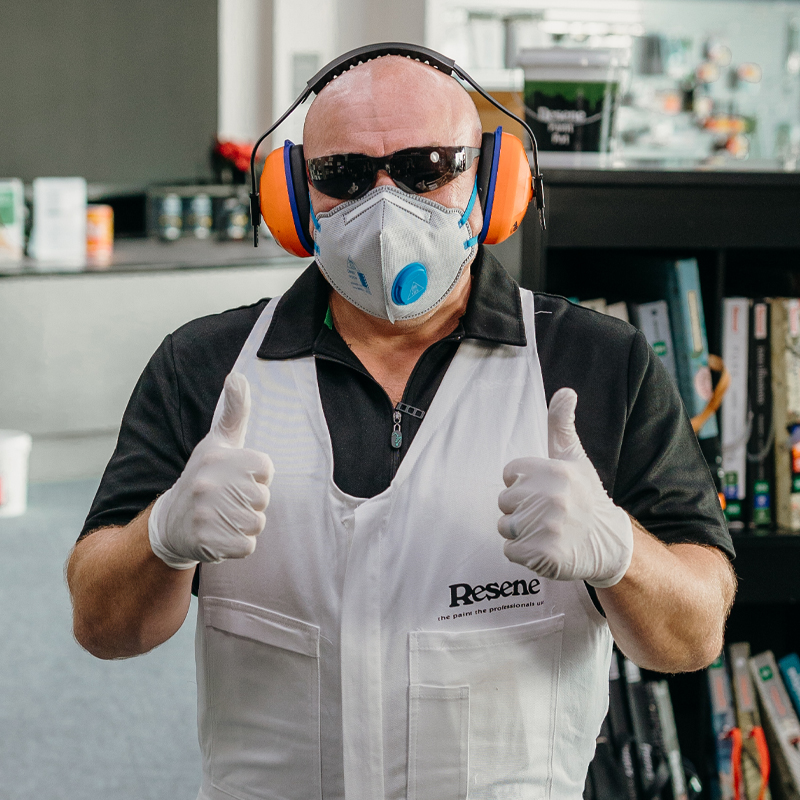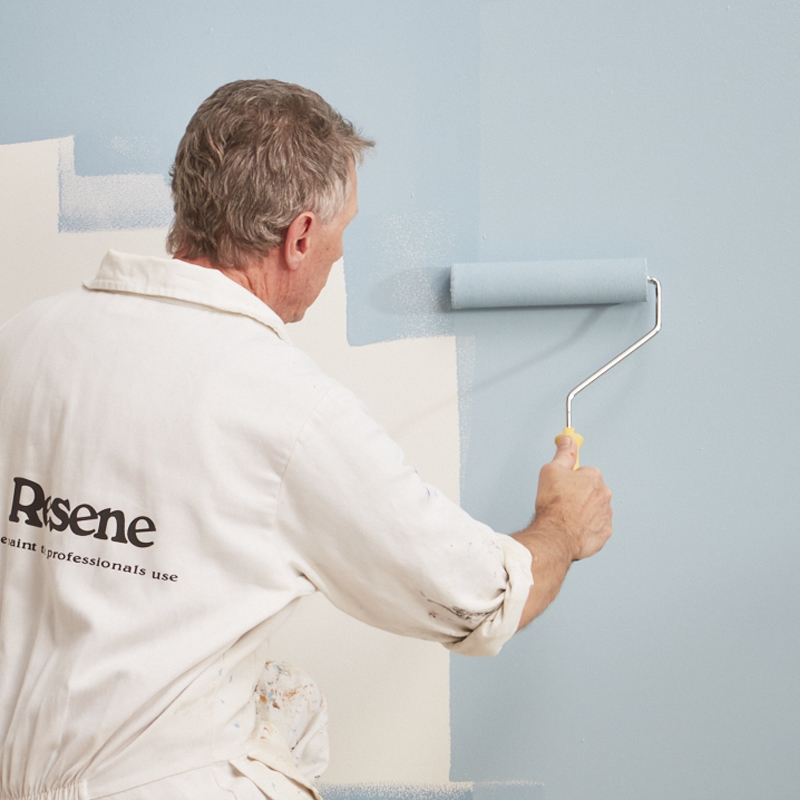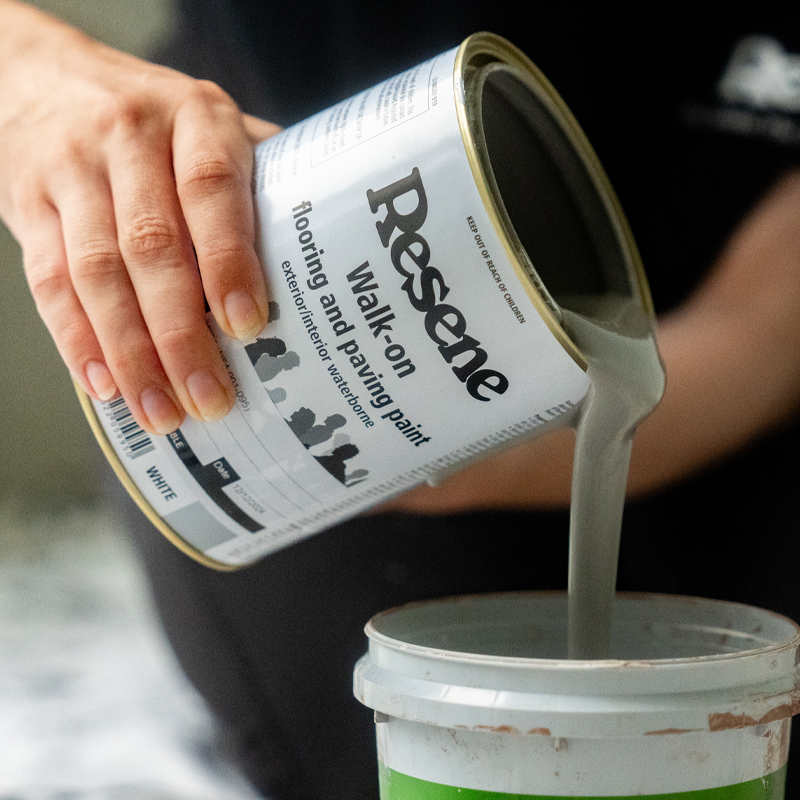It’s an old superstition that walking under a ladder brings bad luck. But if you’re a safety-conscious person, there is more to bear in mind when it comes to protecting yourself from stepladder injuries.
Using a stepladder correctly is essential when tackling any at-home painting jobs, so if you’re looking to do a bit of DIY around your home, ask yourself if you need a ladder for the job, advises the Accident Compensation Corporation (ACC). In a pamphlet on ladder safety, the organisation recommends you should consider hiring scaffolding or using a professional painter for a big project such as painting your house. By definition, a stepladder has steps and is self-supporting, with stays to hold its rails in place, while a ladder has rungs and is designed to lean.
Of course, the professionals need to keep safe, too. Master Painters New Zealand offers advice to its members on how to use ladders correctly. Here are some of their tips on how to reduce the risk of a stepladder-related accident.
Check before you step
Make sure the stepladder is in good condition before you set it up and that no components are loose or broken. Check the weight-limit information on the ladder and make sure you’re not too heavy. Inspect the steps to ensure they’re free of slip hazards such as wet paint, oil, water, or mud. If you’re buying a stepladder, the ACC advises it should meet NZ safety standards and you should read the instructions first.
Setting up your stepladder
Avoid wet or slippery surfaces and make sure the floor is even. Clear clutter – make sure there are no electrical cords or wires nearby. If the stepladder needs to be used in a high-traffic area, let others know to be aware and keep pets and children away. If you’re working in front of a door, lock the door if possible or block access to it so no one can open it on you. The stepladder should be fully opened, with its side stay bars in place. Make sure all its ‘feet’ are firmly on the ground.
Climbing the stepladder
Wear suitable footwear – avoid bare feet, jandals, slides or sandals. Get someone to help you support the ladder if possible. Never overstretch to the side – move the ladder instead. Do not climb on the last three steps. Keep your shoulders between the rails and maintain three points of contact at all times – two feet and one hand or two hands and one foot. Always keep your belt buckle clear of the rails to avoid it getting caught and losing your balance. Don’t look down and breathe slowly and steadily. Do not leave tools or other items on the steps as they could be a trip hazard or cause injuries. If your stepladder is too small, consider borrowing or hiring a larger one. When you have finished your task, climb down slowly and steadily, and check the ladder for any damage or slippery surfaces. Close it and move it to a safe spot away from children.
Top tips:
- When painting up a ladder, rather than attempt to take up a whole paint can, tip a smaller amount of paint into a smaller Resene paint pot. This will make it easier to hold, reduce the weight and reduce the risk of spilling paint everywhere.
- Remember to also protect any areas beneath your ladder from paint drips using a Resene drop cloth.







